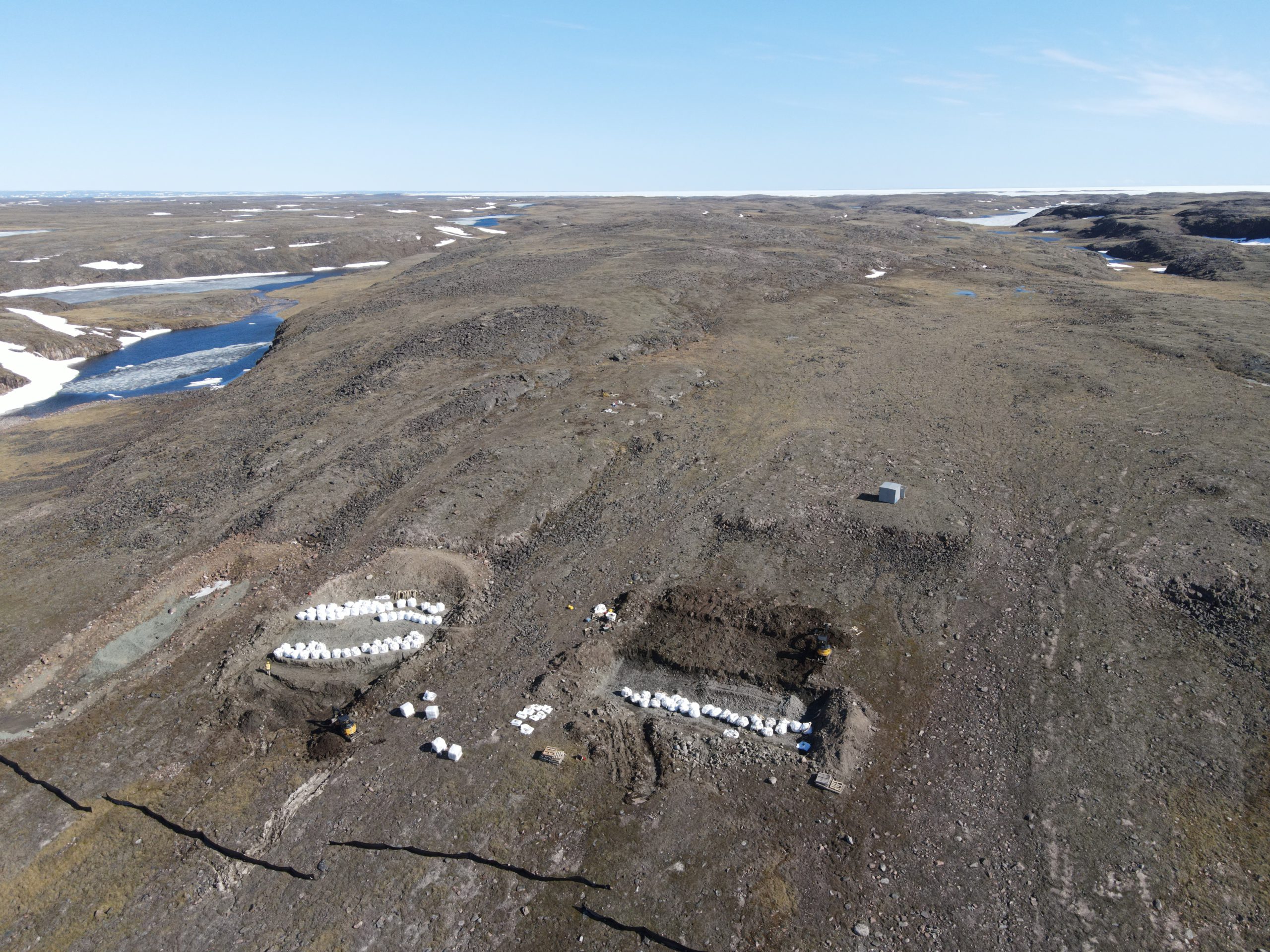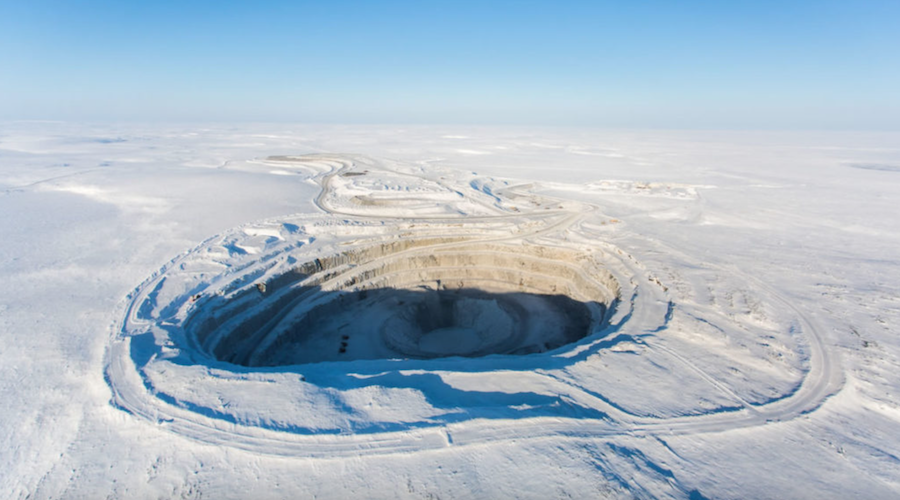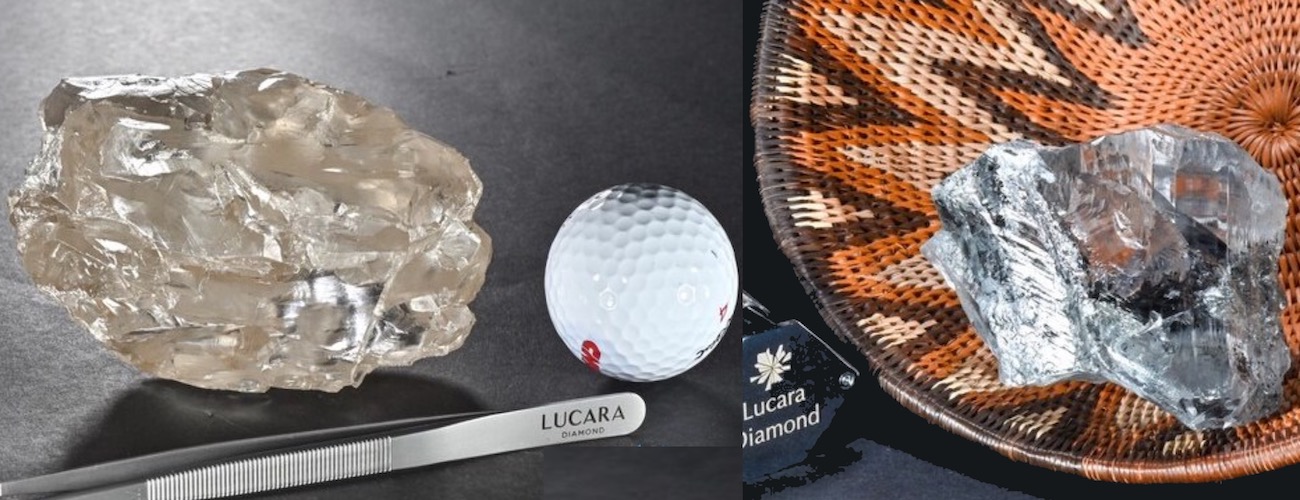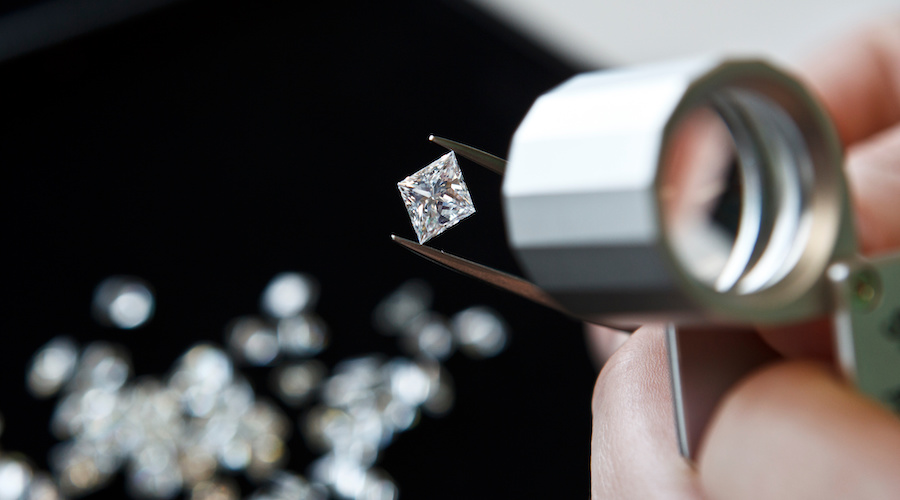Some people, this writer included, don’t want to wait 100 million years for the creation of another diamond. Fortunately, there is an alternative – grow it in a lab.
New Diamond Technology of Basel, Switzerland, does exactly that. The company is most proud of what it calls the world’s largest lab-grown blue stone. This is an emerald cut blue diamond, 5.03 CT, VS1, high pressure, high temperature (HPHT) type IIb stone certified by the
International Gemological Institute (IGI).
And it is beautiful beyond words. See the
blue diamond video.
Marc Brauner, co-CEO of IGI Worldwide, says, "This 5.03 carat stone is unique in all aspects, and that the science and technology behind the processes synthesizing this stone are rapidly and significantly advancing. The stone's extremely rare fancy deep blue colour and breath-taking brilliance will ensure it a prominent place among the pioneers in the diamond industry."
The need to create diamonds in a laboratory is discussed at
www.NDTcompany.com. The advantages are threefold: less energy use than in mining diamonds; cleaner working conditions than in mines; and more social responsibility because such stones never enter the conflict diamond trade. Since the language option on the website is Russian, perhaps New Diamond is particularly interested in the new rich of that country.
The man-made blue diamond was first shown to 150,000 jewellery professionals and diamond lovers from around the world at BaselWorld 2016 earlier this month.
No word on how the costs of lab-grown diamonds compare to natural cut stones.





2 Comments
Carl
“Since the language option on the website is Russian, perhaps New Diamond is particularly interested in the new rich of that country.”
Because NDT is a Russian company
Bill Jackson
It looks as if they have improved the stability of the crystallization, so the stone grows at a very even pace. Have they improved the reaction kinetics – the speed at which perfect atomic layers are laid down.
The addition of metal ions to create a colored stone(of higher value than white) tells me that they may need the color to reach economic production of white stones.
The even deposition of properly aligned layers of carbon atoms, one by one, in the exact position to add properly to the crystal matrix is the the key. There may well be an optimum, which they may have reached, and if you increase/decrease pressure/temperature the layering is not as good, with small flaws being laid down in the crystal, which are then propagated by the process.
All in all, it is an interesting game…